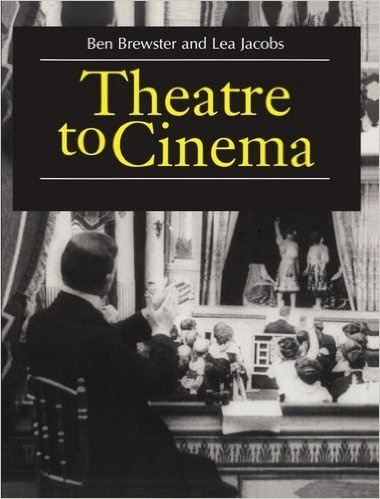 The book "Theatre to Cinema: Stage Pictorialism and the Early Feature Film", first published by Oxford University Press in 1997, is now available in an open access, online edition on the UW Library Digital Collections site.
The book "Theatre to Cinema: Stage Pictorialism and the Early Feature Film", first published by Oxford University Press in 1997, is now available in an open access, online edition on the UW Library Digital Collections site.
Please visit uwdc.library.wisc.edu/collections/arts/thetr2cnma.
The book may be downloaded by parts. Clicking on the individual illustrations in the pdfs of the parts will allow you to download them as image files (you can choose one of four sizes).
While previous accounts of the relationship between cinema and theatre have tended to assume that early filmmakers had to break away from the stage in order to establish a specific aesthetic for the new medium, Theatre to Cinema argues that the cinema turned to the pictorial, spectacular tradition of the theatre in the 1910s to establish a model for feature filmmaking.
The book traces this influence in the adaptation and transformation of the theatrical tableau, acting styles and staging techniques, examining such films as Caserini’s Ma ľamor mio non muore, Tourneur’s Alias Jimmy Valentine and The Whip, Sjöström’s Ingmarssönerna, and various adaptations of Uncle Tom’s Cabin.
Table of Contents
Front Matter
Part One: Introductory
Chapter 1 Pictures
Chapter 2 Situations
Part Two: The Tableau
Chapter 3 The Stage Tableau in Uncle Tom’s Cabin
Chapter 4 The Fate of the Tableau in the Cinema
Part Three: Acting
Chapter 5 Pictorial Acting in the Theatre
Chapter 6 Pictorial Styles and Film Acting
Chapter 7 The Pictorial Style in European Cinema
Part Four: Staging
Chapter 8 Pictorial Staging in the Theatre
Chapter 9 The Cinematic Stage
Chapter 10 Staging and Editing
Conclusion
Appendix
Bibliography
Filmography
Index